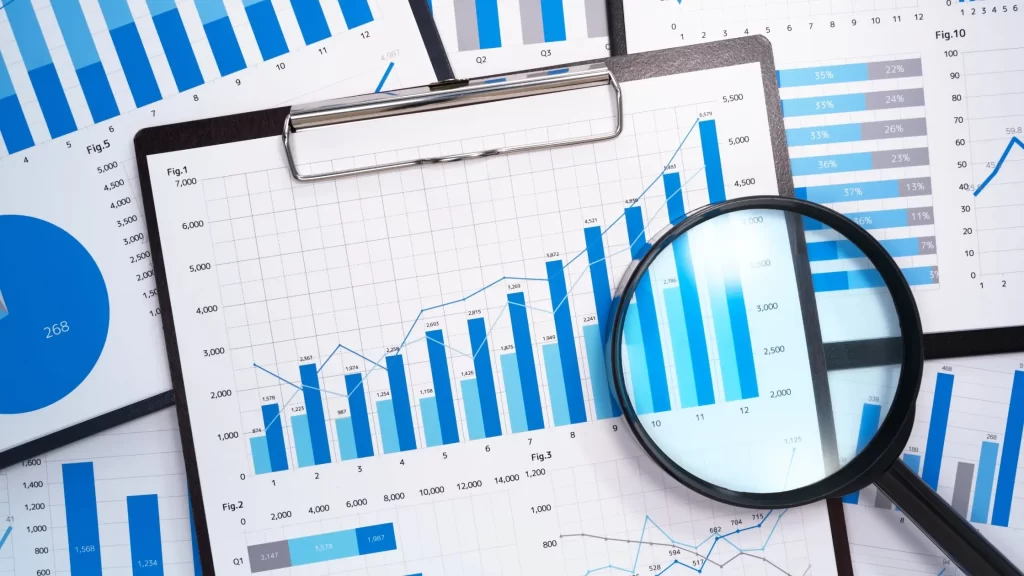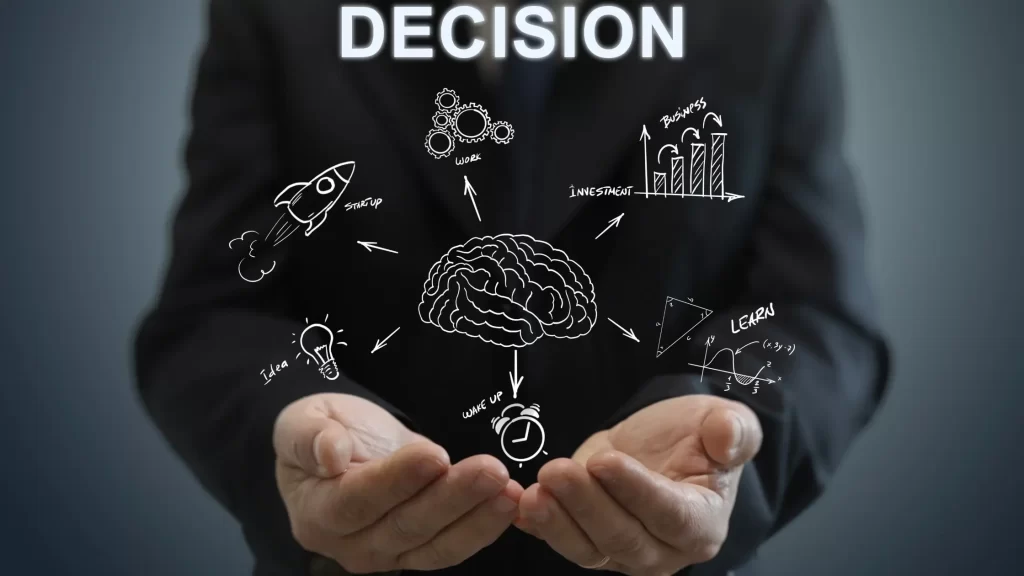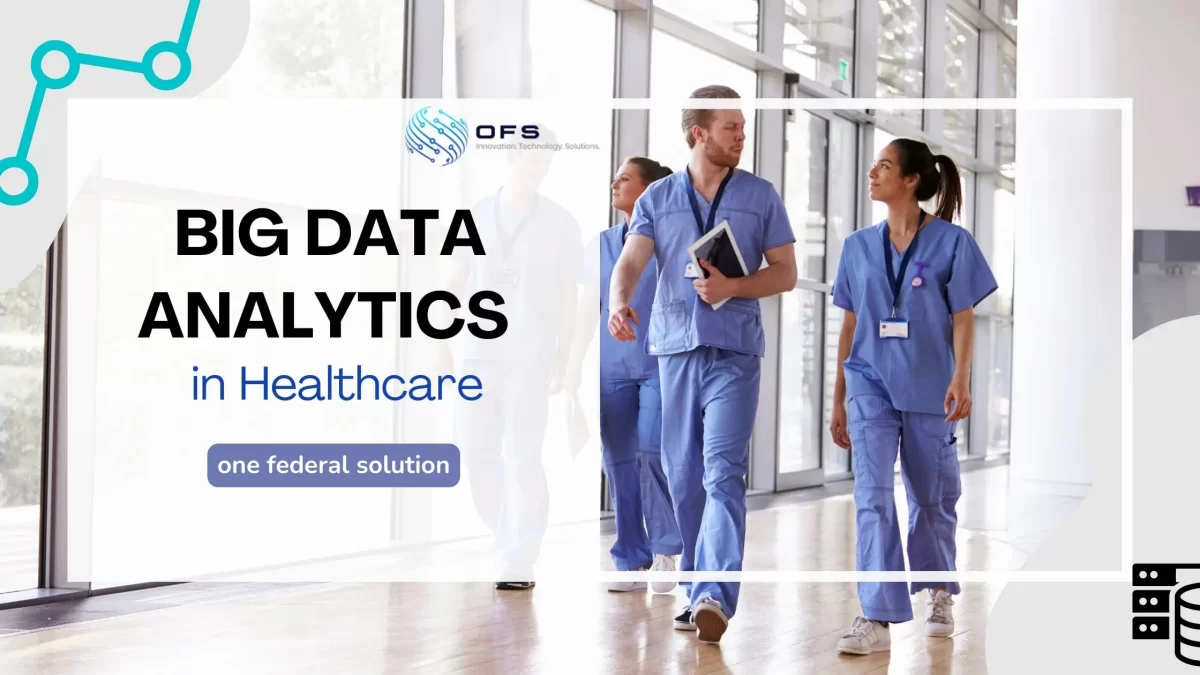On any given day, healthcare facilities like hospitals face a pressing challenge—beyond providing the best care to their patients—and that challenge is managing the vast amount of patient data they generate. From medical histories to test results, the volume of patient records can be overwhelming.
Many hospitals even have dedicated entire rooms, known as “record rooms,” to store this data. While organizing and securing such large volumes of information is difficult enough, the real challenge lies in figuring out how to effectively use that data to improve patient care.
This is where big data analytics comes in.
By harnessing advanced technologies to analyze massive datasets, healthcare providers can gain valuable insights into patient health, fine-tune treatments, and even predict future health trends.
Here we’ll dive into how big data analytics is reshaping healthcare, its historical evolution, and the many ways it benefits patients and providers alike.
What is Big Data Analytics in Healthcare?

Big data means huge amounts of information that are too complicated for regular computer systems to handle. In healthcare, this includes things like patient records, medical pictures, test results, DNA information, and even details about a person’s lifestyle, environment, and background.
Big data analytics in healthcare uses special tools like computer programs and algorithms to look through all this information. Instead of just saving the data, the goal is to use it to improve patient care, predict future health problems, create better treatment plans, and even reduce healthcare costs.
Early Milestones in Healthcare Data Collection and Usage
The first major use of healthcare data began in 2003 when the Institute of Medicine introduced the term “electronic health records” (EHR). EHRs are digital records that contain patient health information, including past, present, and future medical conditions, stored in systems that help manage and deliver healthcare services.
A key milestone came in 2018 with the launch of the “All of Us” initiative by the National Institutes of Health (NIH). This project aims to collect health data from over a million people, including EHRs, medical imaging, and environmental data, to improve healthcare.
EHRs offer several benefits, including easier access to a patient’s complete medical history, such as diagnoses, prescriptions, allergies, demographic information, clinical notes, and lab results.
The Benefits of Big Data Analytics in Healthcare
1. Improved Patient Outcomes
One of the primary goals of big data analytics is to enhance patient care.
By analyzing vast amounts of health data, healthcare providers can identify patterns and trends that would be difficult to detect through traditional methods. For example, analyzing patient data from a large population can help doctors predict which individuals are at risk of developing chronic conditions, such as diabetes or heart disease. Early intervention and personalized treatment plans can then be implemented to improve patient outcomes and quality of life.
2. Predictive Analytics for Better Decision-Making

Big data tools allow healthcare providers to make more informed decisions based on predictive analytics. For example, by analyzing historical patient data, machine learning algorithms can predict the likelihood of a patient developing a particular condition. This allows doctors to intervene early and provide preventative care, which can reduce hospitalizations and improve long-term health outcomes.
3. Cost Reduction
The healthcare industry is notoriously expensive, and one of the biggest challenges is reducing unnecessary costs. Big data analytics can help healthcare providers identify inefficiencies in the system and find ways to reduce costs.
For example, by analyzing patient treatment histories and outcomes, hospitals can determine the most cost-effective treatments and avoid unnecessary tests or procedures. Additionally, predictive analytics can help optimize hospital operations, such as bed management and staff scheduling, leading to reduced operational costs.
4. Personalized Medicine
Personalized medicine is the concept of tailoring medical treatment to an individual’s unique genetic makeup, lifestyle, and environment. Big data analytics plays a crucial role in this process by analyzing a combination of genetic, environmental, and clinical data to identify the most effective treatments for each patient. By utilizing big data, doctors can offer more targeted treatments that have a higher likelihood of success.
5. Faster Drug Development
Big data analytics also accelerates the process of drug development. By analyzing large datasets, researchers can identify potential drug candidates more quickly and predict how different populations will respond to various treatments. This reduces the time it takes to bring new drugs to market and can lead to breakthroughs in treating previously difficult-to-treat conditions.
6. Improved Healthcare Operations
In addition to improving clinical outcomes, big data analytics can enhance the operational efficiency of healthcare organizations. Hospitals and clinics can analyze data related to patient flow, staffing, and resource utilization to streamline operations. For example, analyzing emergency room wait times and patient arrival patterns can help hospitals allocate staff more effectively and reduce wait times.

Challenges of Big Data in Healthcare
While big data analytics holds immense promise, it also comes with several challenges:
1. Data Privacy and Security
The most critical concern when handling patient data is ensuring its privacy and security. Healthcare organizations must comply with strict regulations, such as the Health Insurance Portability and Accountability Act (HIPAA), to protect sensitive information. Ensuring data security while sharing and analyzing large datasets is a significant challenge.
2. Data Integration and Interoperability
Healthcare data comes from a variety of sources, including EHRs, medical imaging, wearable devices, and more. One of the challenges is ensuring that these different data sources can be integrated and shared seamlessly across different healthcare systems. Achieving data interoperability remains a major hurdle for the widespread adoption of big data analytics.
3. Data Quality
The accuracy and reliability of the data used in big data analytics are crucial. Poor-quality or incomplete data can lead to incorrect conclusions and hinder the effectiveness of analytics. Ensuring the quality of healthcare data requires strict data management protocols and regular data cleaning.
Conclusion
Big data analytics is transforming the healthcare landscape, offering tremendous potential to improve patient care, reduce costs, and streamline operations. From improving diagnoses and treatment plans to accelerating drug development and personalizing medicine, the benefits are vast.

